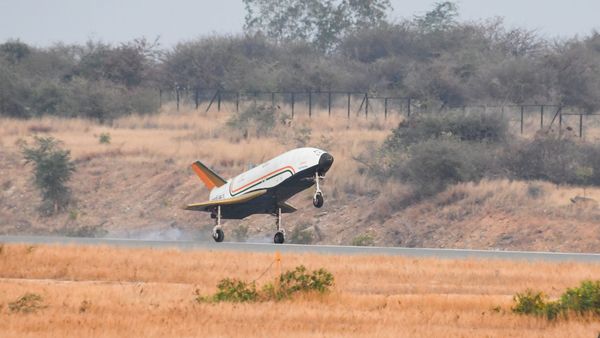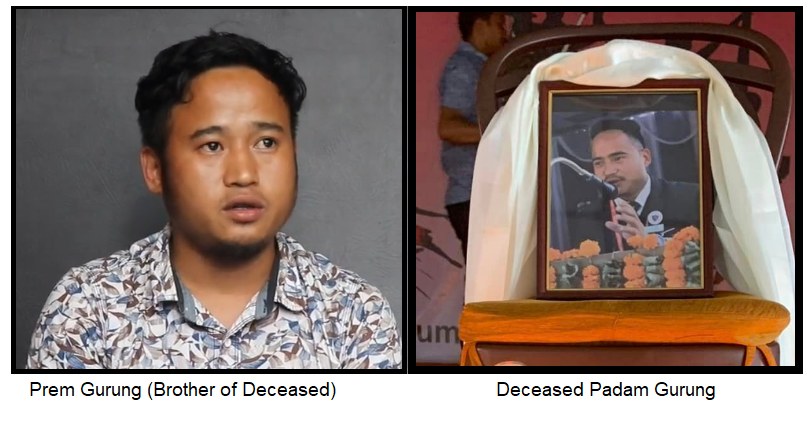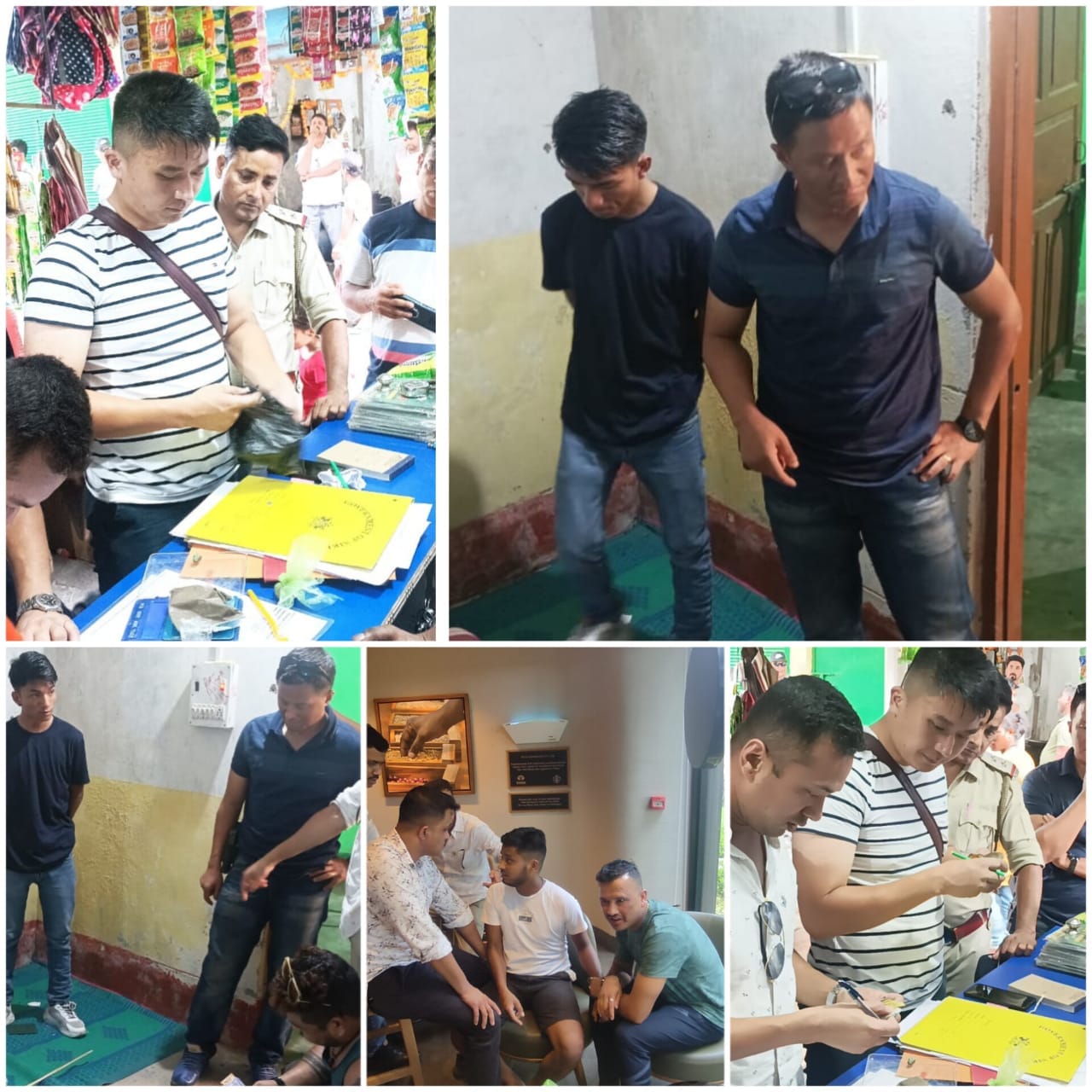
New Delhi, 22 March : In another remarkable feat for the Indian Space Research Organisation (ISRO), it achieved the successful landing experiment of the ‘Pushpak’ reusable launch vehicle at the Aeronautical Test Range (ATR) in Chitradurga, Karnataka, on Friday morning. This accomplishment marks the second phase of the RLV LEX-02 landing experiment series following the previous RLV-LEX-01 conducted last year.
The ISRO stated that the RLV was tasked with executing more challenging maneuvers involving dispersions, correcting both cross-range and downrange factors, and achieving a fully autonomous landing on the runway. The winged vehicle, Pushpak, was hoisted by an Indian Air Force Chinook helicopter and released from an altitude of 4.5 km. Upon release, approximately 4 km from the runway, Pushpak autonomously navigated towards the runway while making cross-range corrections.
The vehicle successfully landed precisely on the runway and came to a stop using its brake parachute, landing gear brakes, and nose wheel steering system. This mission effectively simulated the approach and high-speed landing conditions of an RLV returning from space.
ISRO stated, “With this second mission, ISRO has reaffirmed the efficacy of the indigenously developed technologies in navigation, control systems, landing gear, and deceleration systems crucial for executing a high-speed autonomous landing of a space-returning vehicle. The winged body and all flight systems utilized in RLV-LEX-01 were reused in the RLV-LEX-02 mission following proper certification and clearances.”
Dr. S Unnikrishnan Nair, Director of VSSC, expressed that through this successful mission, ISRO has demonstrated proficiency in terminal phase maneuvering, landing, and energy management in a fully autonomous mode, marking a significant stride towards future orbital re-entry missions.
The mission was carried out by VSSC in collaboration with the Liquid Propulsion System Centre (LPSC) and the ISRO Inertial Systems Unit (IISU). ISRO attributed the success of the mission to the collaborative efforts of various agencies including IAF, ADE, ADRDE, and CEMILAC. ISRO chairman S Somanath extended congratulations to the team for their achievement.






